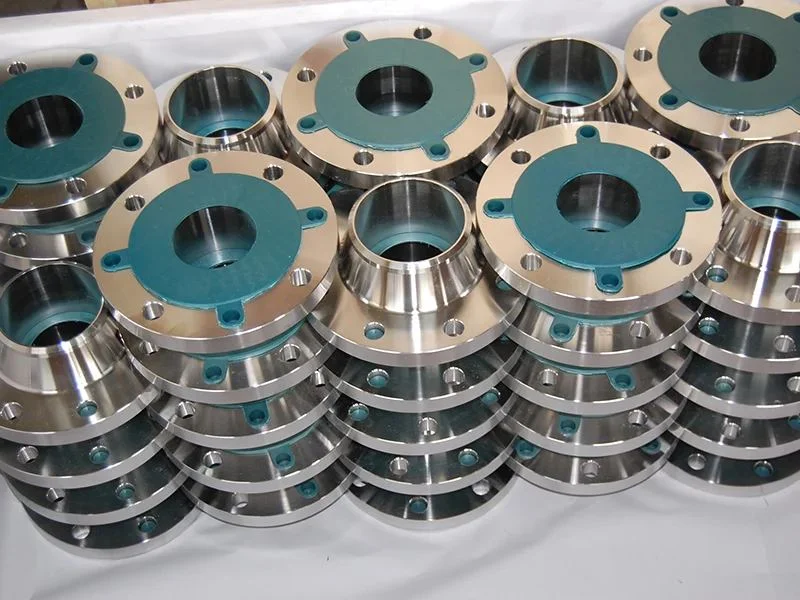Method for reducing and preventing flange deformation during welding
Flange welding is a common connection method, which can connect two or more pipes, valves, pumps, and other equipment together to form a complete piping system. However, during the welding process, due to the influence of thermal expansion and contraction, it is easy to cause deformation of the welded parts, thus affecting the normal operation of the pipeline system. Therefore, the method of preventing deformation during welding is very important. This article will introduce several common methods to prevent flange deformation during welding.

1. Control the soldering temperature
Welding temperature is one of the main causes of flange welding deformation. Therefore, when welding, the welding temperature must be controlled. Generally speaking, the welding temperature should be controlled within an appropriate range to avoid the influence of too high or too low temperature on the weldment. At the same time, the appropriate welding method and welding parameters should be selected according to the material and thickness of the weldment to ensure the welding quality and stability.
2. Using preheating and post-heating
Preheating and post-heat treatment are effective methods to prevent flange welding deformation. Preheating can make the welded parts reach a certain temperature, thereby reducing thermal stress and thermal deformation during welding. Post-heat treatment allows the weldment to cool slowly after welding, thereby reducing residual stress and deformation. The specific methods and parameters of preheating and post-heating should be selected and adjusted according to the material and thickness of the weldment and other factors.
3. Use proper fixtures and supports
Fixtures and supports are one of important means to prevent flange welding deformation. By adopting appropriate fixtures and supports, the weldment can be kept in a stable shape and position during welding, thereby reducing thermal deformation during welding. The design and selection of fixtures and supports should be adjusted and optimized based on factors such as the shape and size of the weldment.
4. Use proper welding sequence
The welding sequence is also one of the important factors to prevent flange welding deformation. Generally speaking, the thinner part should be welded first, and then the thicker part to avoid thermal stress and thermal deformation during welding. At the same time, the appropriate welding sequence and method should be selected according to the shape and structure of the weldment to ensure the welding quality and stability.
5. Use appropriate welding consumables and filler materials
Welding materials and filling materials are also one of important factors to prevent flange welding deformation. Generally speaking, the material and filling material similar to the weldment should be selected to avoid thermal stress and thermal deformation during welding. At the same time, appropriate welding materials and filling materials should be selected according to factors such as the material and thickness of the weldment to ensure welding quality and stability.
In short, there are many ways to prevent flange deformation during welding, which need to be selected and adjusted according to specific conditions. By controlling the welding temperature, using preheating and post-heat treatment, using appropriate fixtures and supports, using appropriate welding sequences and methods, and using appropriate welding materials and filler materials, deformation during flange welding can be effectively prevented and ensured. The normal operation of the piping system.
Carbon Steel Flange & Stainless Steel Flange
Advantages and scope of use of sliding flanges
Advantages of stainless steel flanges
What are the advantages of stainless steel pipe fittings?
Heat treatment process of stainless steel flange






